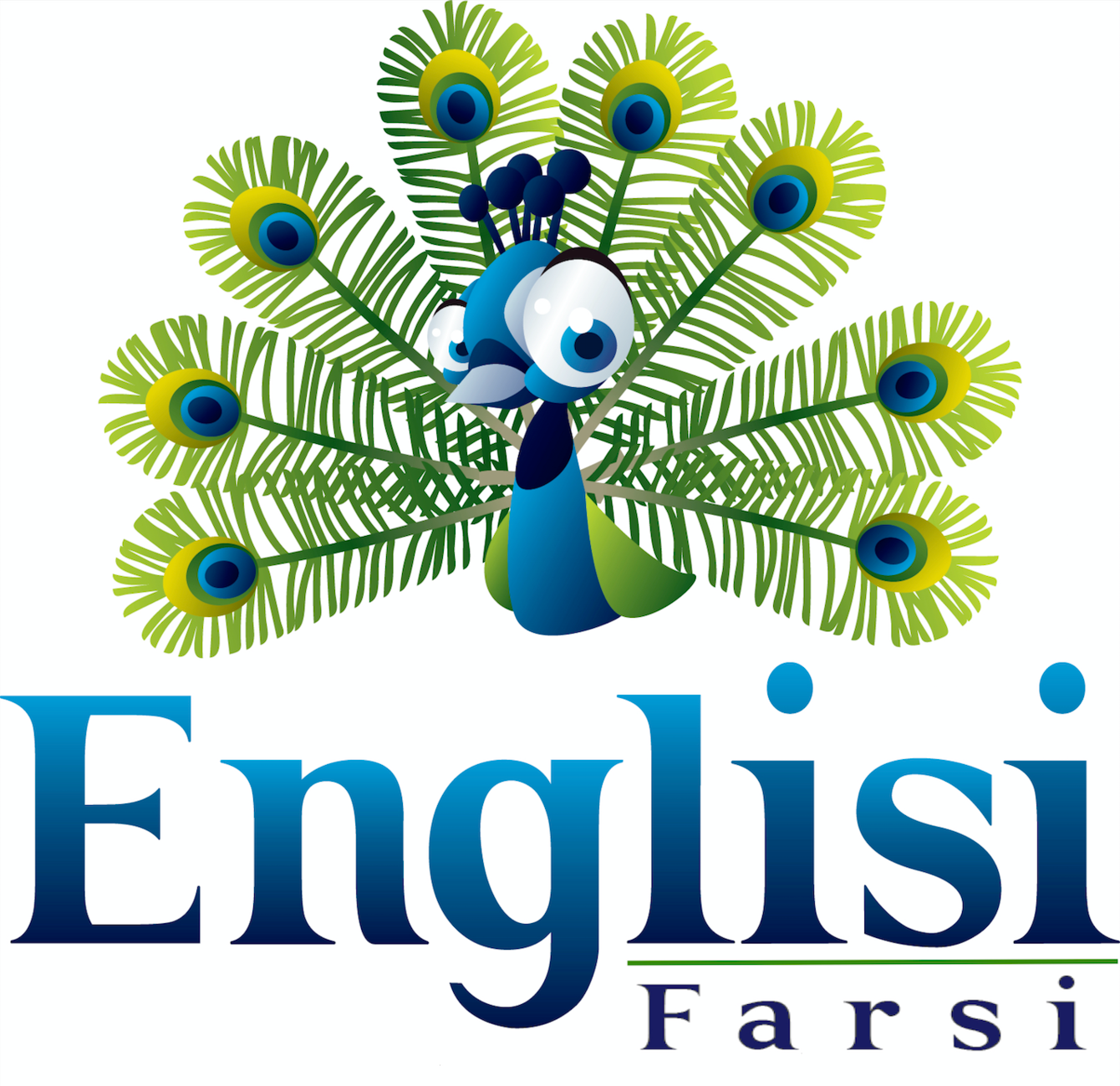Many people assume transliteration is equivalent to translation. However, there are some important distinctions. Translation allows words in one language to be understood by those who speak another language. Essentially, translation of a foreign word involves interpreting its meaning.
Example: Cooperation: The action or process of working together to the same end.
Transliteration: Cooperation: Hamkarí (transliterated into Persian)
On the other hand, transliteration makes a language a little more accessible to people who are unfamiliar with that language’s alphabet. Transliteration focuses more on pronunciation than meaning, which is especially useful when discussing foreign people, places and cultures.
Therefore, if you need to read text in another language, and are more interested in pronouncing it than understanding it, you need transliteration.
https://www.accreditedlanguage.com/2016/09/09/what-is-transliteration/

Englisi Farsi TRANSLITERATES Persian into English. For English speaking families wanting to facilitate the learning and teaching of Persian for their diasporic families.

